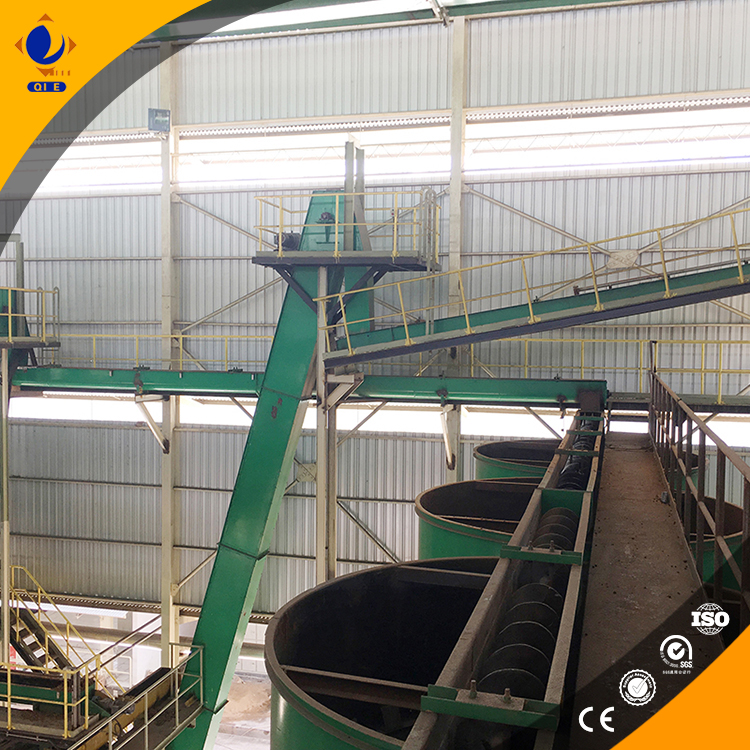
In the global market, sunflower oil is a highly - demanded product, both for edible and industrial uses. Understanding the entire production process of sunflower oil is crucial for small and medium - sized oil mills aiming to enhance their production capacity and product quality. This article will comprehensively analyze the six core steps in sunflower oil production, from raw material processing to finished product packaging.
The first step in sunflower oil production is seed cleaning. Seeds are often mixed with various impurities such as soil, stones, and broken seeds. By using screening machines and air separators, these impurities can be effectively removed. For example, a well - maintained screening machine can remove up to 95% of large impurities. After cleaning, shelling is necessary. Different shelling equipment has different shelling rates. High - quality shelling machines can achieve a shelling rate of over 90%, which is essential for improving the subsequent oil extraction efficiency.

There are two main pressing methods: cold pressing and hot pressing. Cold pressing is carried out at a relatively low temperature (usually below 60°C). It can preserve more nutrients in the oil, such as vitamins and antioxidants. However, the oil yield is relatively low, typically around 30 - 35%. On the other hand, hot pressing involves heating the seeds to a higher temperature (around 100 - 120°C). This method can significantly increase the oil yield, reaching 40 - 45%. But it may also cause some nutrient loss. The following table compares the two methods:
| Pressing Method | Temperature | Oil Yield | Nutrient Retention |
|---|---|---|---|
| Cold Pressing | Below 60°C | 30 - 35% | High |
| Hot Pressing | 100 - 120°C | 40 - 45% | Low |
After pressing, the crude oil contains a certain amount of impurities, such as solid particles and residual seed fragments. Filtration is used to remove these impurities. Different filtration equipment has different filtration accuracies. For example, a high - precision filter can remove particles as small as 5 microns, ensuring the clarity and purity of the oil.

Refining is a crucial step to meet the standards of edible and industrial - grade sunflower oil. It includes degumming, deacidification, decolorization, and deodorization. Through refining, the acid value of the oil can be reduced from about 2 - 3 mg KOH/g to less than 0.1 mg KOH/g, and the peroxide value can also be effectively controlled, improving the stability and quality of the oil.
The final step is filling and packaging. Automatic filling machines can ensure accurate filling volume and high - speed production. For example, a modern filling machine can fill up to 200 bottles per minute. Proper packaging can also extend the shelf - life of the oil and enhance the brand image.

During the production process, problems such as low oil yield, high impurity content, and equipment malfunction often occur. By choosing high - quality equipment, regularly maintaining the equipment, and strictly controlling the production process, these problems can be effectively solved. For example, regular equipment maintenance can reduce the failure rate by more than 30%.
In conclusion, the key to improving the oil yield and achieving high - quality sunflower oil production lies in the fine - tuning of each production process and the proper selection of equipment. If you want to learn more about sunflower oil production technology, please visit our website to watch videos and consult our technical experts. It is the key tool to enhance your oil yield and produce high - quality sunflower oil!

